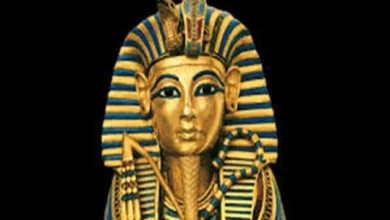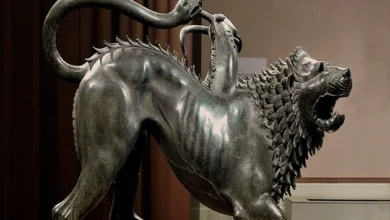Pantheon Rome and other roman architectures outside Rome that can be seen today

The ancient Romans built gigantic temples with towering towers all across the Roman Empire, which stretched from east to west. These temples eventually became important sacred places of worship and remembering for ancient Roman culture. In the following sections of this article, more information will be provided on which of these architectural marvels have been preserved in whole or in part to the present day and continue to draw visitors from all over the world.
Pantheon
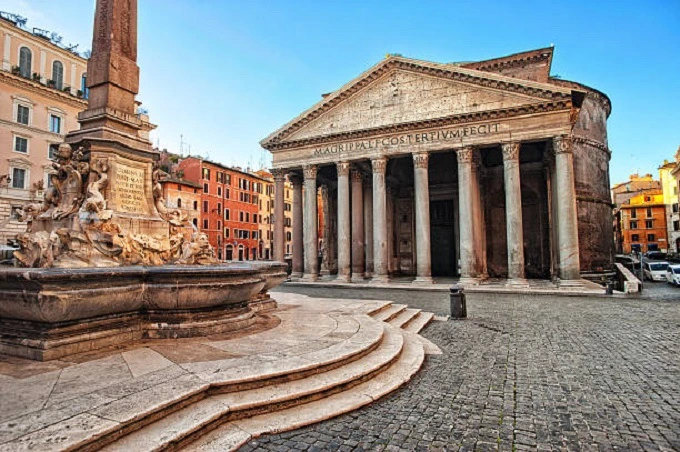
The majestic Pantheon that can be found in the centre of Rome is a sight to behold, with its huge domed portico that contains an open entrance leading to the sky. In the year 25 BC, Romans began construction on the Pantheon. They dedicated this magnificent temple to worshipping all of Rome’s gods. Since that time, many significant renovations have been carried out, which is why the Pantheon is still standing now. The Pantheon continues to serve as a site of religious devotion for the Roman Catholic Church even to this day.
Sbeitla

Sbeitla is a Roman city located in the centre-west of Tunisia. It has been preserved in a reasonable degree. The city features a large forum that is almost square in shape and is paved with stone slabs. The forum is enclosed by a wall. On one side of the forum is a gate, and on the other side are three Roman temples. In the centre of the forum lies the Colosseum. The people who lived in this city did not construct a single temple to honour the three most significant Roman gods (Jupiter, Juno, and Minerva). Still, rather they constructed three independent temples, one for each of the gods. Only in Baelo Claudia, which is located in Spain, can you find a structure that is even remotely comparable.
Temple of Augustus
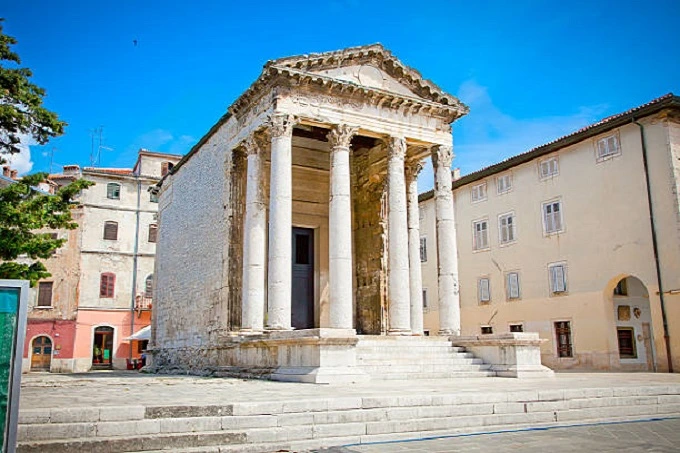
Another temple constructed in Augustus’ honour, the Temple of Augustus, was erected to pay tribute to Emperor Augustus, the first ruler of Rome. It can be found in the urban centre of Pula, which is found in Croatia. This temple was constructed by the Romans during the reign of Augustus, between the years 27 BC and 14 A.D. It is one of the monuments from the Roman Empire that has been kept in the best condition. The temple’s remarkable preservation has been converted into a museum where significant ancient antiquities and Roman sculptures can be shown.
Maison Carré

The city of Nimes in the south of France is home to a building known as Maison Carrée, which literally translates to “square house.” In the year 16 B.C., during the reign of Emperor Augustus, the Romans brought this magnificent building to its finished state. This magnificent marble temple is almost in pristine condition despite its elaborate decoration, which includes towering columns, images of acanthus leaves, and birds. The inhabitants of Nimes are responsible for the building’s preservation because they put it to use for various functions over several centuries, including a church, a town hall, and stables. In modern times, it has been converted into a museum and archive centre that illustrates the history of Nimes. It is also important to note that the French were motivated to design the well-known Madeleine church in Paris because of the inspiration provided by Maison Carrée. Napoleon Bonaparte established the church in 1842.
Temple of Bacchus
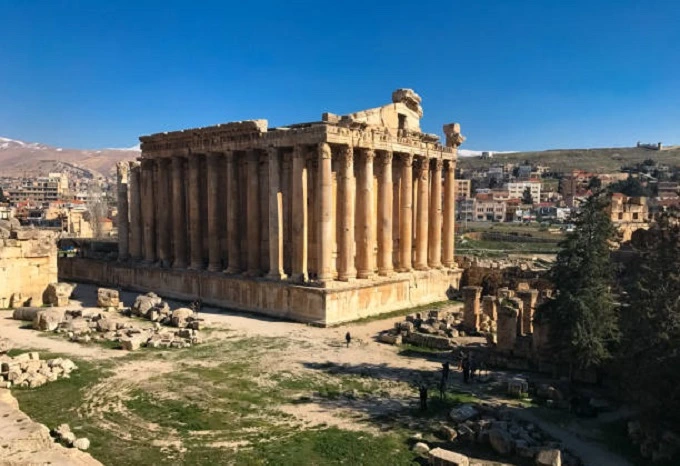
The complex of Baalbek has a number of smaller temples that are positioned all around the larger Temple of Bacchus, which may be found in the modern city of Baalbek in Lebanon. The entire location was constructed during the reign of the Roman emperor Antoninus Pius in the 2nd century A.D. The astounding height of this Roman temple comes in at twenty meters, making it one of the highest structures ever constructed by the Romans. The Romans built this enormous edifice as a tribute to the Roman city of Heliopolis and its three gods (Jupiter, Venus and Mercury). The Temple of Bacchus is recognized as a World Heritage Site by UNESCO.
Temple of Augustus and Livia

The Romans erected a temple in the name of their famous and heroic emperor Augustus and his wife Livia in the city of Vienne, which is located in France. This temple is known as the Temple of Augustus and Livia. Around 20-10 B.C., they finished constructing this magnificent structure. This historic landmark has been remarkably well kept, especially considering its advanced age. In addition, this magnificent monument was built in honour of Rome’s first legitimate emperor, and it is currently regarded as the most recognizable symbol of the Gallo-Roman settlement in Vienne.
Temple of Garni

The only Greco-Roman building in Armenia with colonnades that has survived to this day is the Temple of Garni, which is located in Armenia and is a historically significant and fascinating location. The pro-Roman monarch Tiridates of Armenia is credited with commissioning the temple’s construction about the first century A.D., with the help of the Roman emperor Nero. The temple was completed around this time. It was a cult emblem of pre-Christian Armenia, and it miraculously survived the destruction of pagan buildings by Christians in the 4th century A.D. and the earthquake in 1679. Both of these events occurred in Armenia. The temple had some much-needed repairs in the 1970s, largely responsible for its enduring strength.
Capitol Dougga
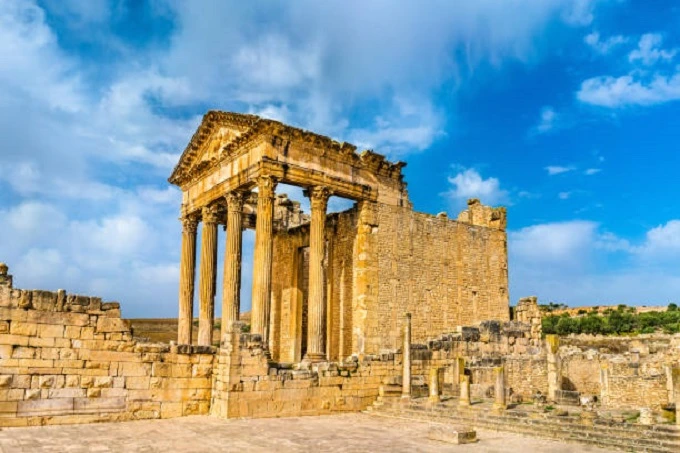
The Dougga Capitol is one of several Roman monuments that have been well maintained and can be found in Dougga, a UNESCO World Heritage Site in Tunisia. This location was the busy capital of Numidia in the 5th century B.C., and in the 1st century B.C., it was integrated into the Roman Empire. In the 5th century B.C., it was ruled by Numidia. In celebration of the Capitoline triad of Jupiter, Juno, and Minerva, this building was constructed, and it features tall, thin columns with detailed Corinthian capitals.
Palmyra
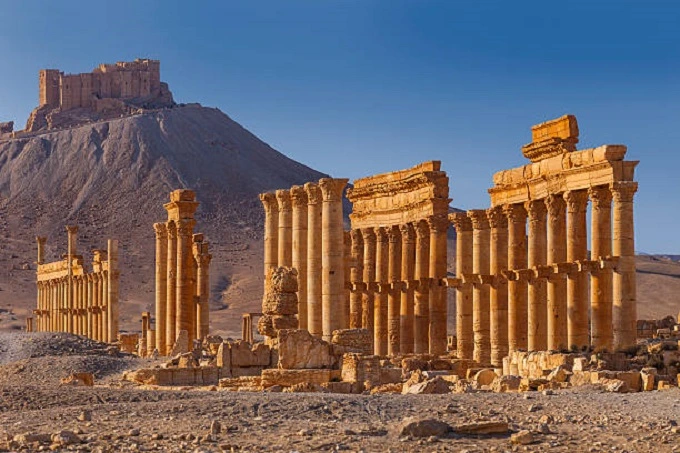
Palmyra is one of the most prominent tourist attractions in Syria and is among the typical Roman tourist locations throughout the country. It is located in an oasis one hundred thirty miles north of Damascus. Palmyra is one of the oldest cities in Syria. Palmyra was a significant and prosperous city for many centuries thanks to its location on the caravan routes that connected Roman Syria’s Mediterranean ports with Persia. The enormous temple of Bel, a colossal arch, and a colonnade that was once made up of 1,500 Corinthian columns can all be seen today. They all offer something interesting for travellers to see.
Temple of Zeus

Since 3000 BC, people have been living in Aizanoi, which helped the region prosper throughout the time of the Roman Empire under its production of wool, grain, and wine. Built-in the second century A.D., the Temple of Zeus is Aizanoe’s most impressive monument. It is also the Roman temple in all of Anatolia that has been kept in the best condition. The property that surrounded the temple was rented out in order to generate revenue to pay for the construction costs of the temple. However, the limits of the temple fields were not well defined, and the people who farmed such lands refused to pay taxes on their produce. Emperor Hadrian finally resolved the argument, and later on, copies of the letters that had been such a significant part of the city’s history were written on the walls of the temple.

